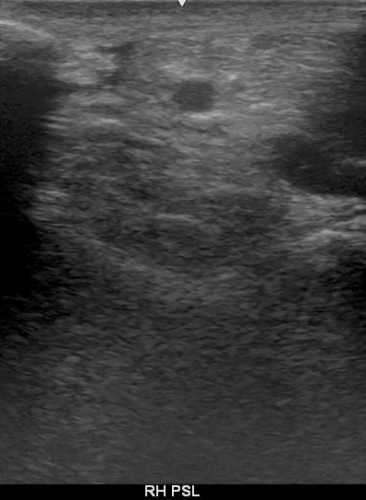Lameness
Our lameness exams are scheduled for two and a half hours. We will go through your horse’s history and any prior imaging with you. Your horse will be evaluated standing and at work to identify locations of pain, lameness, or movement restrictions. Diagnostic analgesia, or nerve blocks, may be used to help pinpoint the source of pain and help us focus additional diagnostics. We will recommend treatments and care based on what we find in your horse’s evaluation. We carry a variety of diagnostic tools with us in our truck every day, including digital xray and ultrasound and the CURO. For more information on how our technology works and how we use it, check out our “Diagnostics” page.
Shoeing & Farriery Consultations
 Your farrier, your trainer, your veterinarian and you make up your horse’s care team. Oftentimes, the farrier may get left out of the loop. We can schedule time to meet your farrier to provide radiographs while they are working or discuss trimming and shoeing strategies. Vets are trained to work with the inside of the hoof, and farriers are trained to work with the outside of the hoof, so we both need to work together to maximize your horse’s potential.
Your farrier, your trainer, your veterinarian and you make up your horse’s care team. Oftentimes, the farrier may get left out of the loop. We can schedule time to meet your farrier to provide radiographs while they are working or discuss trimming and shoeing strategies. Vets are trained to work with the inside of the hoof, and farriers are trained to work with the outside of the hoof, so we both need to work together to maximize your horse’s potential.
Back Pain & Saddle Fit Evaluation
Orthopedic problems in equine backs is a relatively new area of diagnosis and treatment. Due to their size, diagnosing equine back problems was difficult with limited technology that had trouble getting through the large amount of muscle and connective tissue around the spine. Digital, high power radiography has helped fixed this diagnostic problem and lets us find arthritic, traumatic and developmental disease processes in the back. Dorsal spinous process impingement, better known as Kissing Spines, was once thought to be one of the only orthopedic diseases in equine backs. We now know that the small and large joints that that make up the spine can develop arthritis or have developmental diseases, and that the ligaments and small muscles stabilizing the spine are very important to maintaining fit and comfortable backs. With this information, we can locate and treat specific joints or muscles that may be causing pain and poor performance in your horse.
Saddle fit is a very important component of developing proper muscle and keeping a comfortable horse. Horses with severe back pain can become dangerous and may buck, kick out, or bite when a poorly fitting saddle or additional weight is applied to a painful back. Poor fitting saddles may slide forward or backwards, pinch or rub on the withers or tops of the shoulder blades, or cause painful pressure points behind the shoulder blades or the middle of the back. When evaluating a horse for back pain, we make sure to evaluate your saddle for any problems as well.
2nd Opinion Evaluations
Veterinary medicine is complicated, and it gets even more complicated with something as large as a horse! Sometimes a fresh pair of eyes is needed to help cut through the weeds and come up with an accurate diagnosis and formulate a new plan. We know that pursuing a second opinion can sometimes be awkward, so we are happy to communicate and work with your veterinarian as much as needed, or quietly discuss other options with you alone at your request. We do our best to avoid repeating diagnostics and value having access to prior histories, labs, x–rays, ultrasounds, MRIs or other imaging. We won’t repeat treatments that have not worked in the past, but we will come up with a new plan and diagnosis for treatments and rehabilitation that works for you, your horse and your veterinarian. Veterinary medicine is a team sport and we look forward to partnering with other equine veterinarians, farriers, and therapists to build a network of excellent care providers for your horse.

